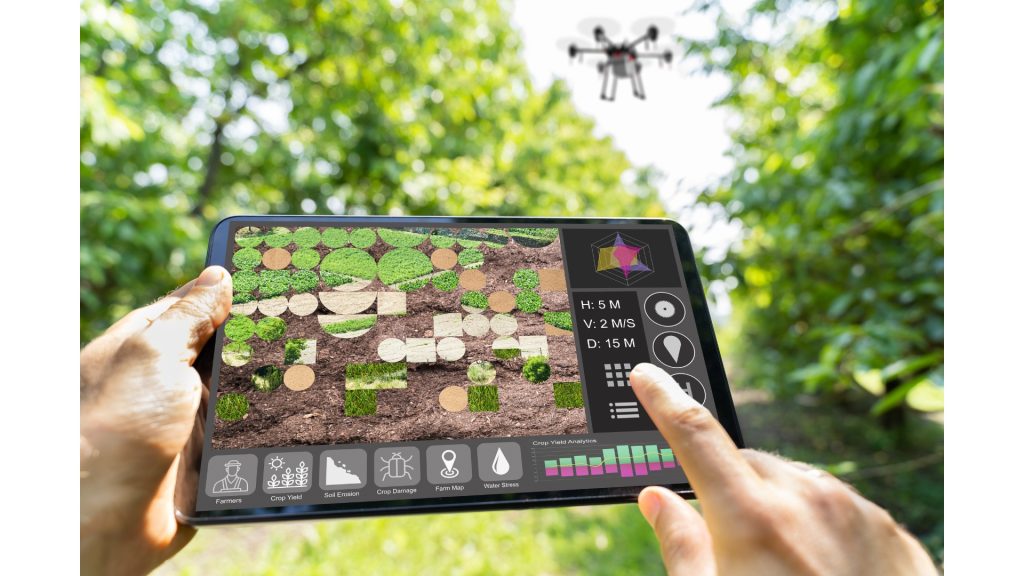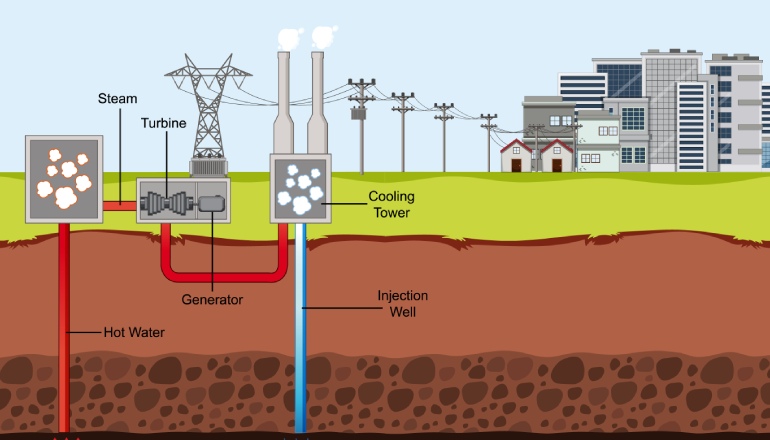In a significant move to boost farmer incomes and strengthen its food supply chain, India is actively integrating food irradiation technology.
The technology—a powerful, post-harvest processing method—is being integrated into national infrastructure. The deployment is a core component of schemes like the Integrated Cold Chain and Value Addition Infrastructure (ICCVAI), which aims to modernize the ‘farm-to-consumer’ journey.
Food irradiation uses controlled doses of ionizing radiation (like gamma rays or electron beams) to treat harvested crops. The technology works by disrupting the DNA of living organisms, effectively achieving three key goals:
Safety: Eliminating harmful bacteria like Salmonella and E. coli.
Preservation: Destroying molds and microorganisms that cause food to spoil.
Quarantine: Controlling insect pests and inhibiting natural processes like sprouting and ripening.
Benefits for farmers:
The most direct and significant impact of this technology is the economic benefit it delivers to the agricultural community. By addressing post-harvest challenges, irradiation directly contributes to the national goal of raising farmer incomes:
Minimizing Financial Loss: In India, substantial quantities of produce are lost due to spoilage. Irradiation drastically reduces post-harvest losses (estimated at 20-30% for some perishables) by extending the shelf life of commodities like potatoes (anti-sprouting), onions, spices, and grains. This means more of the crop is sold, maximizing the return on the farmer’s labor and investment.
Higher Price Realization: The ability to preserve the quality and freshness of the produce allows farmers and their aggregators to bypass the need for distress sales immediately after harvest. Instead, they can hold their produce for longer periods, accessing better markets and realizing higher, more remunerative prices for high-quality goods.
Expanding Market Access: For high-value exports, irradiation serves as a globally accepted phytosanitary and quarantine treatment, eliminating pests and meeting the stringent safety standards of importing countries. This opens up new, lucrative international markets that were previously difficult to access due to restrictions on chemical fumigants, which are being phased out.
Impact on soil health:
A crucial element of this technology is its environmental profile: food irradiation has no direct impact on soil health.
Zero Soil Contact: As a purely post-harvest processing step, the irradiation treatment occurs in a facility away from the field. The food itself does not become radioactive, and the process does not introduce any chemicals, contaminants, or residues that could later affect the soil or farming practices.
Indirect Sustainability Gain: By significantly reducing food waste, the technology makes the entire agricultural system more sustainable. It ensures that the finite soil, water, and energy resources used to grow the crop are not ultimately wasted due to spoilage, promoting efficiency and resource conservation across the supply chain.
In essence, India is leveraging irradiation technology to create a robust and efficient supply chain, providing a powerful economic layer of protection for the produce, which, in turn, safeguards the income of its farmers while maintaining the integrity of the soil.












